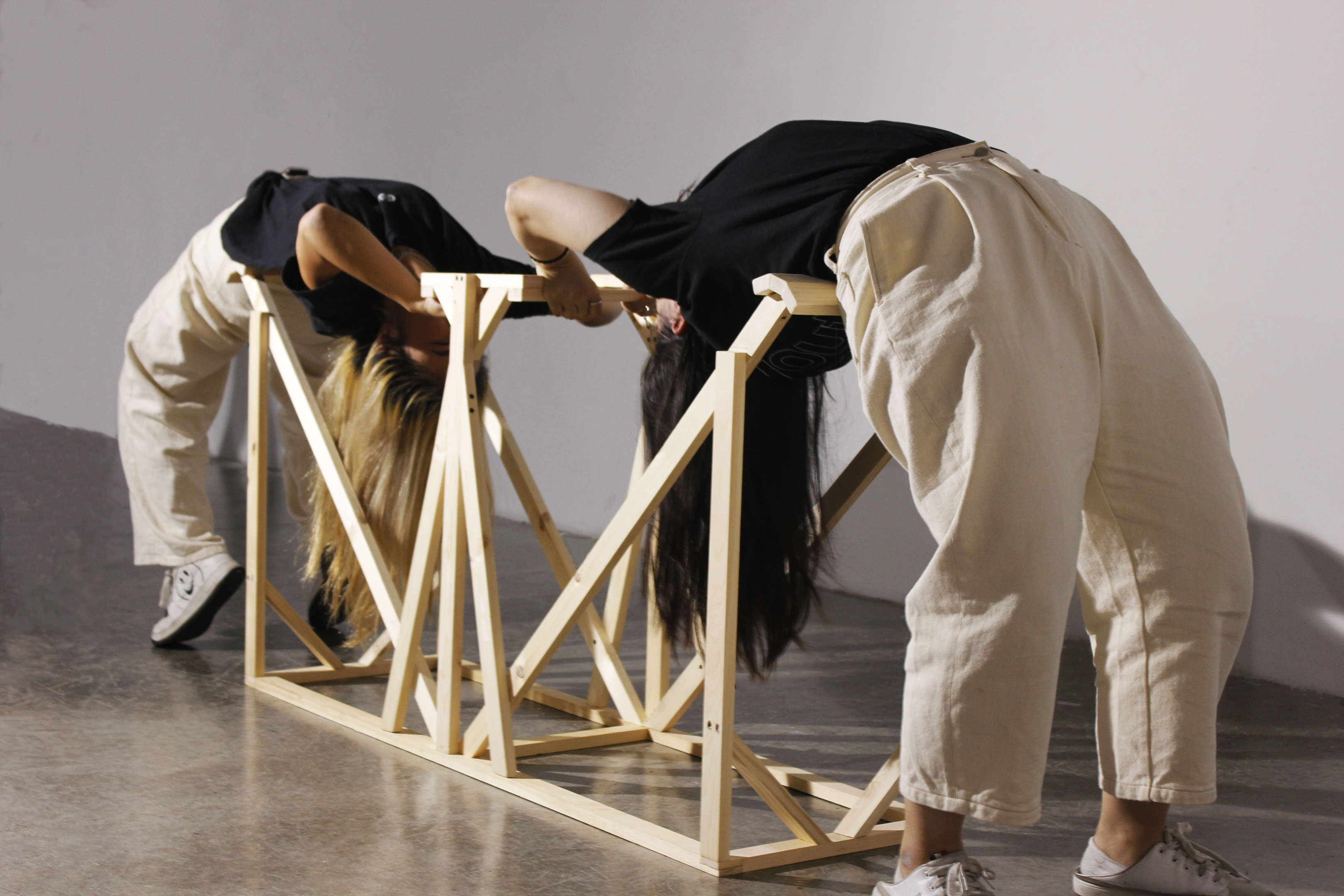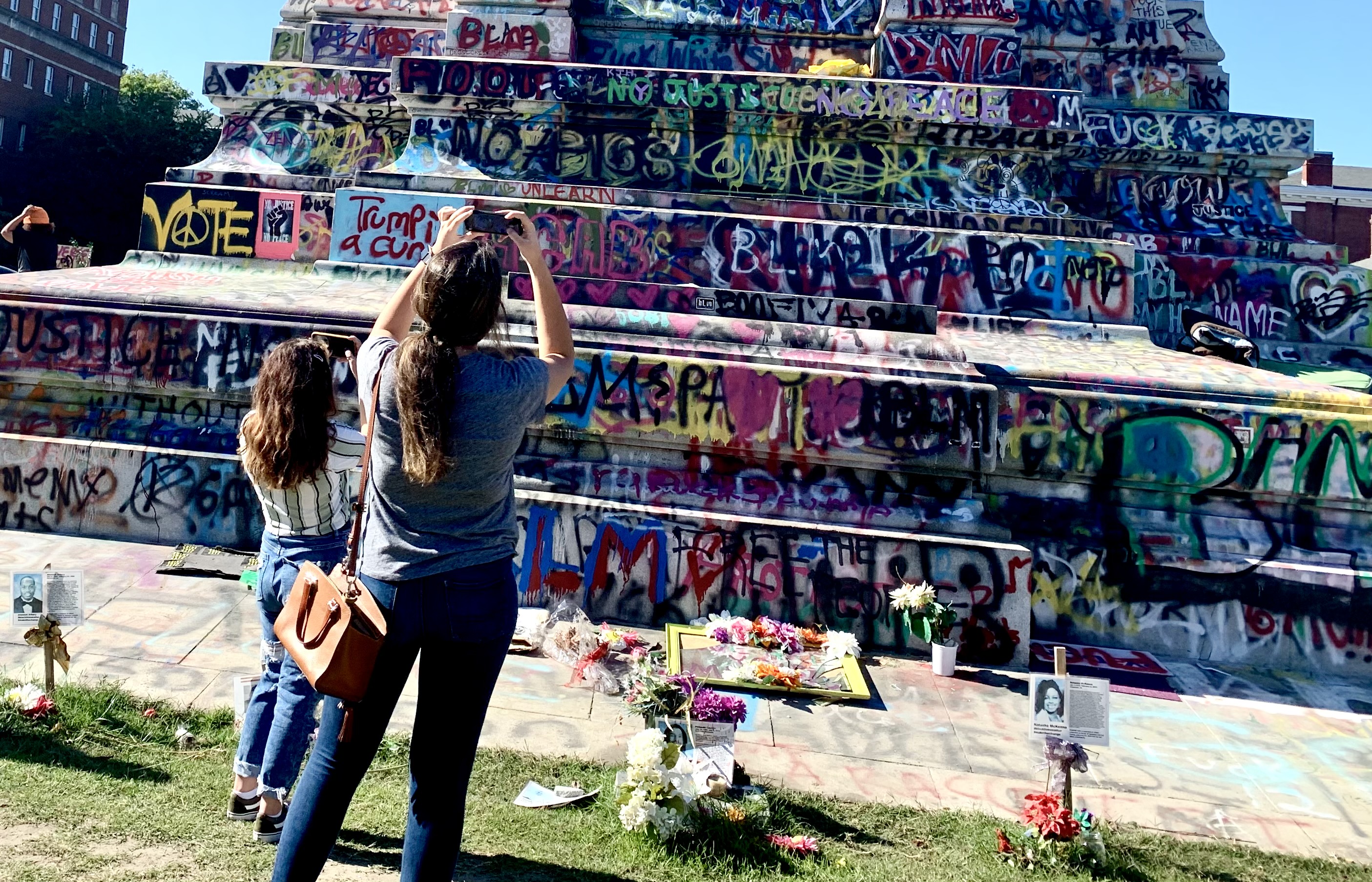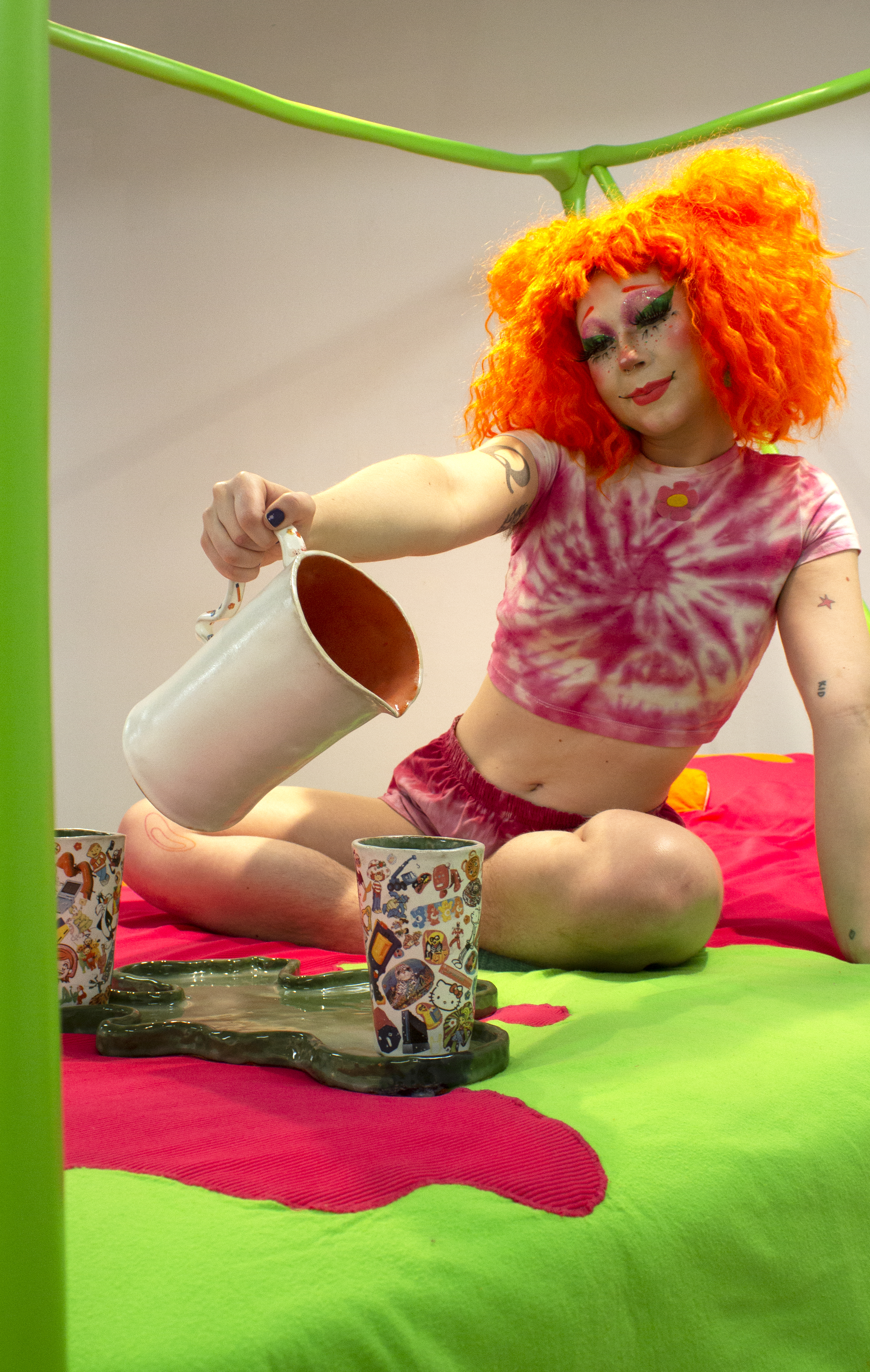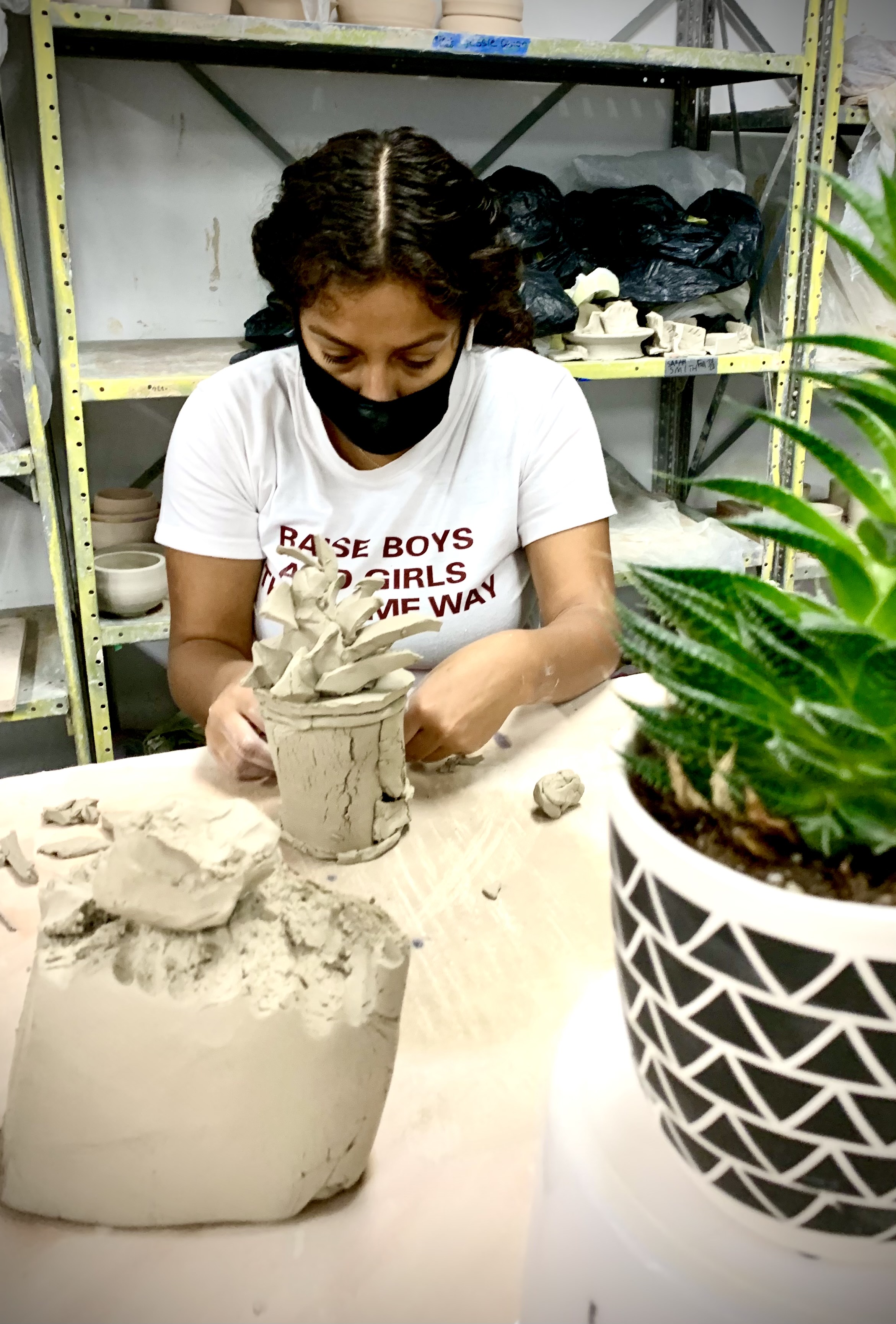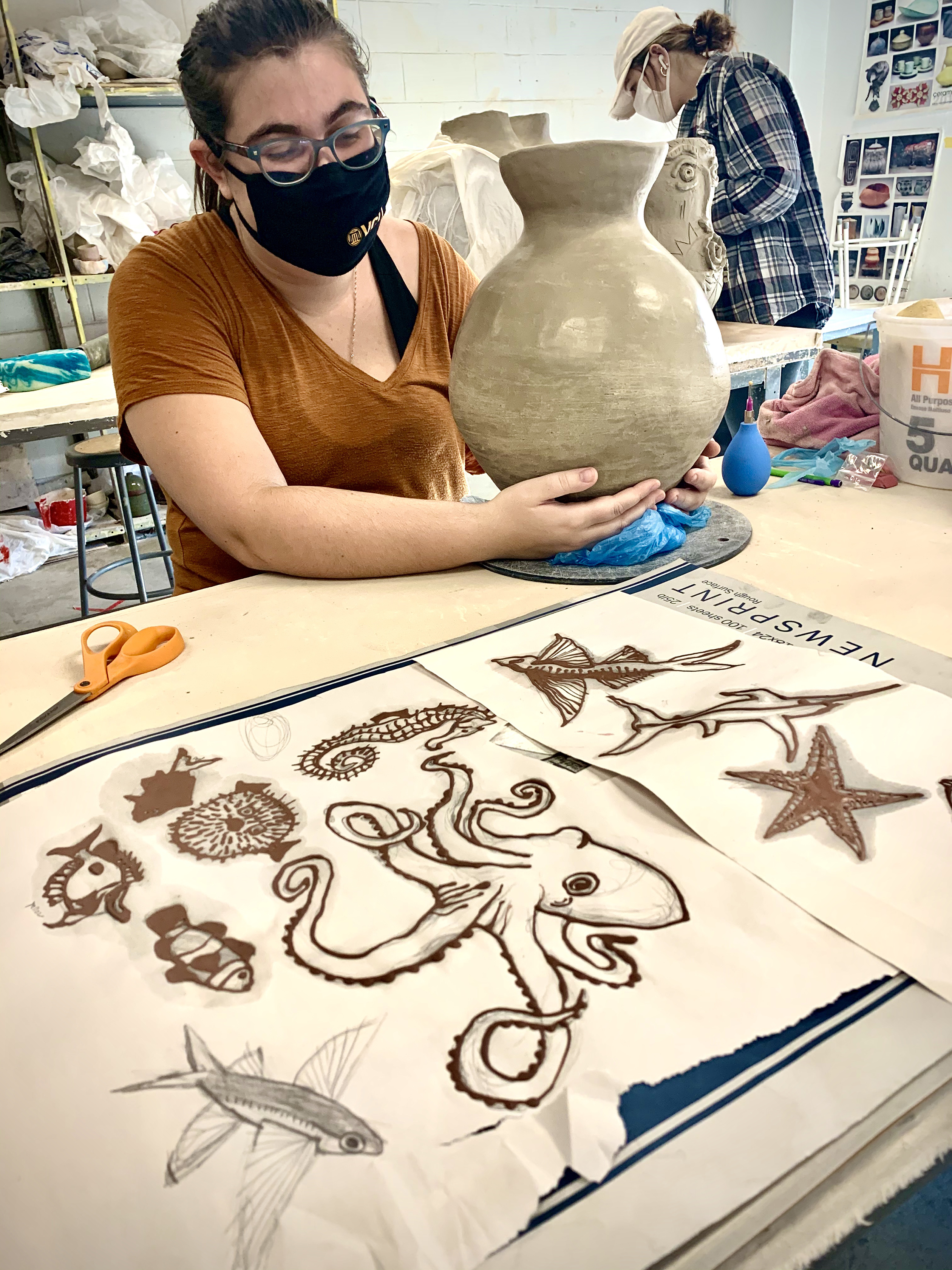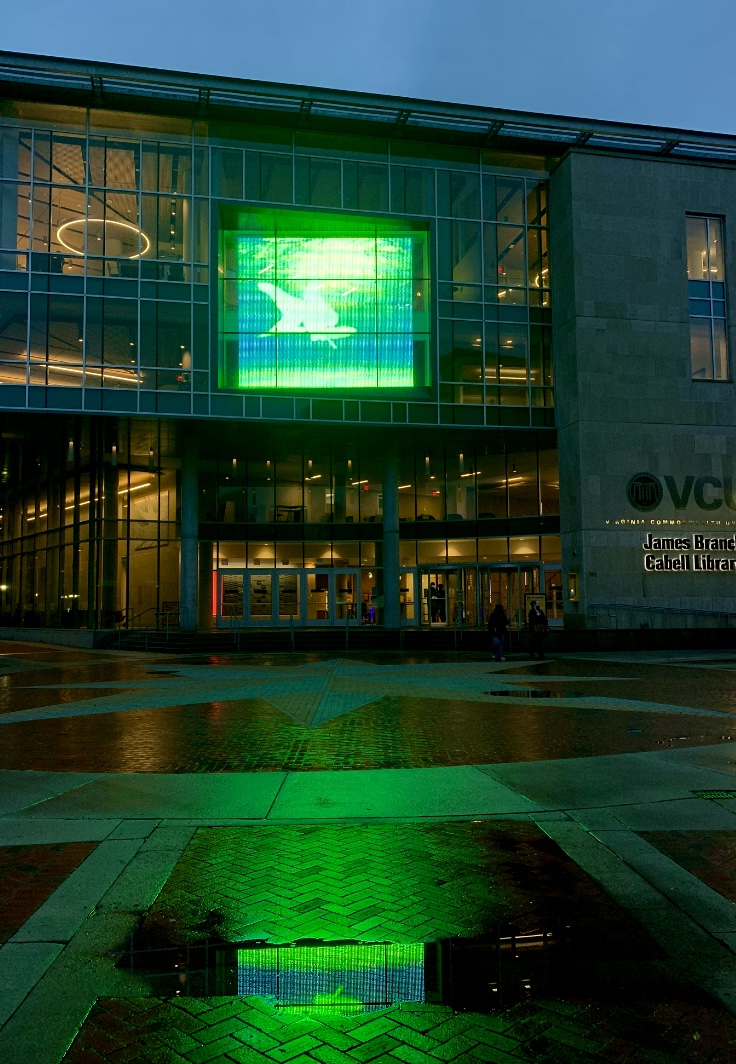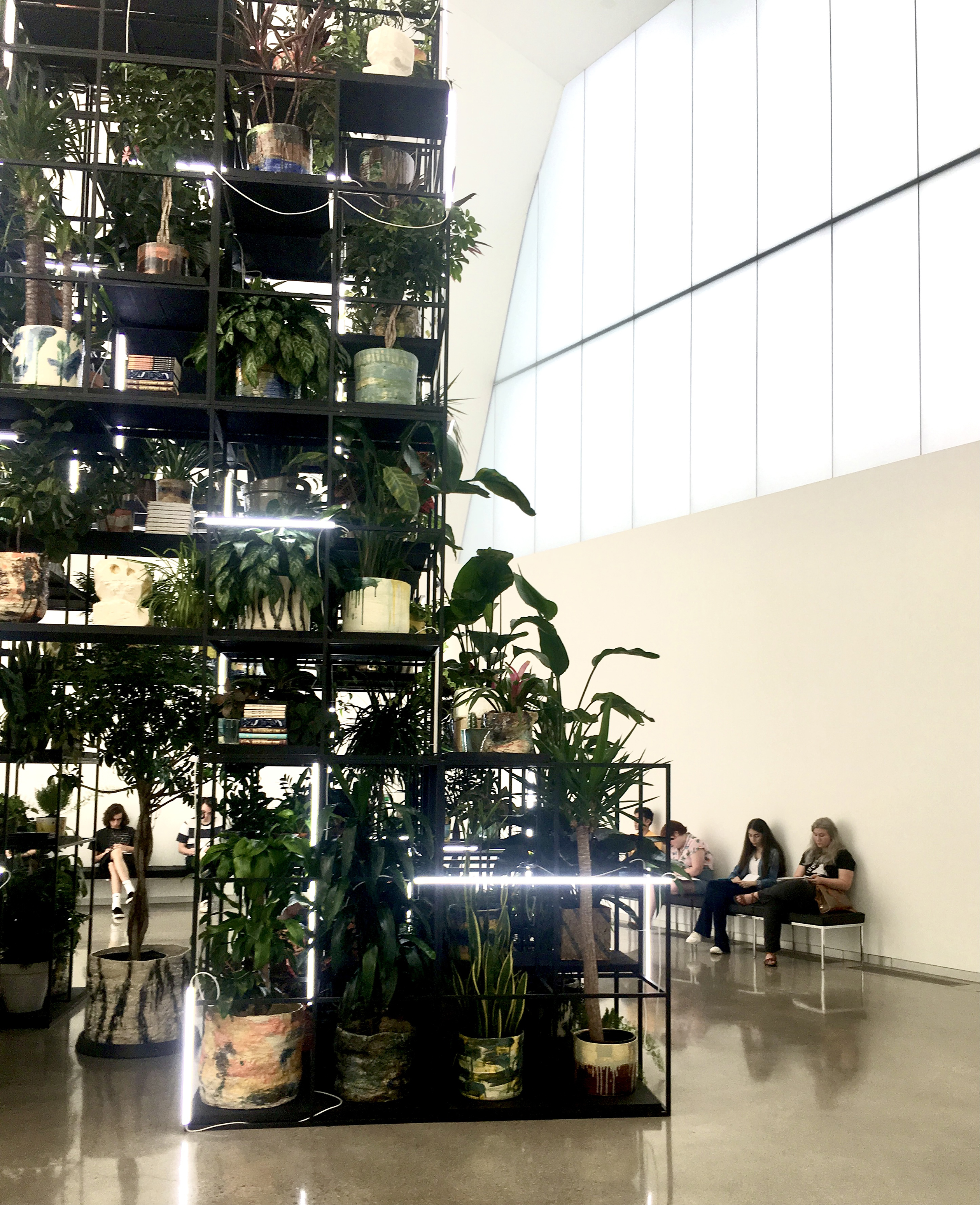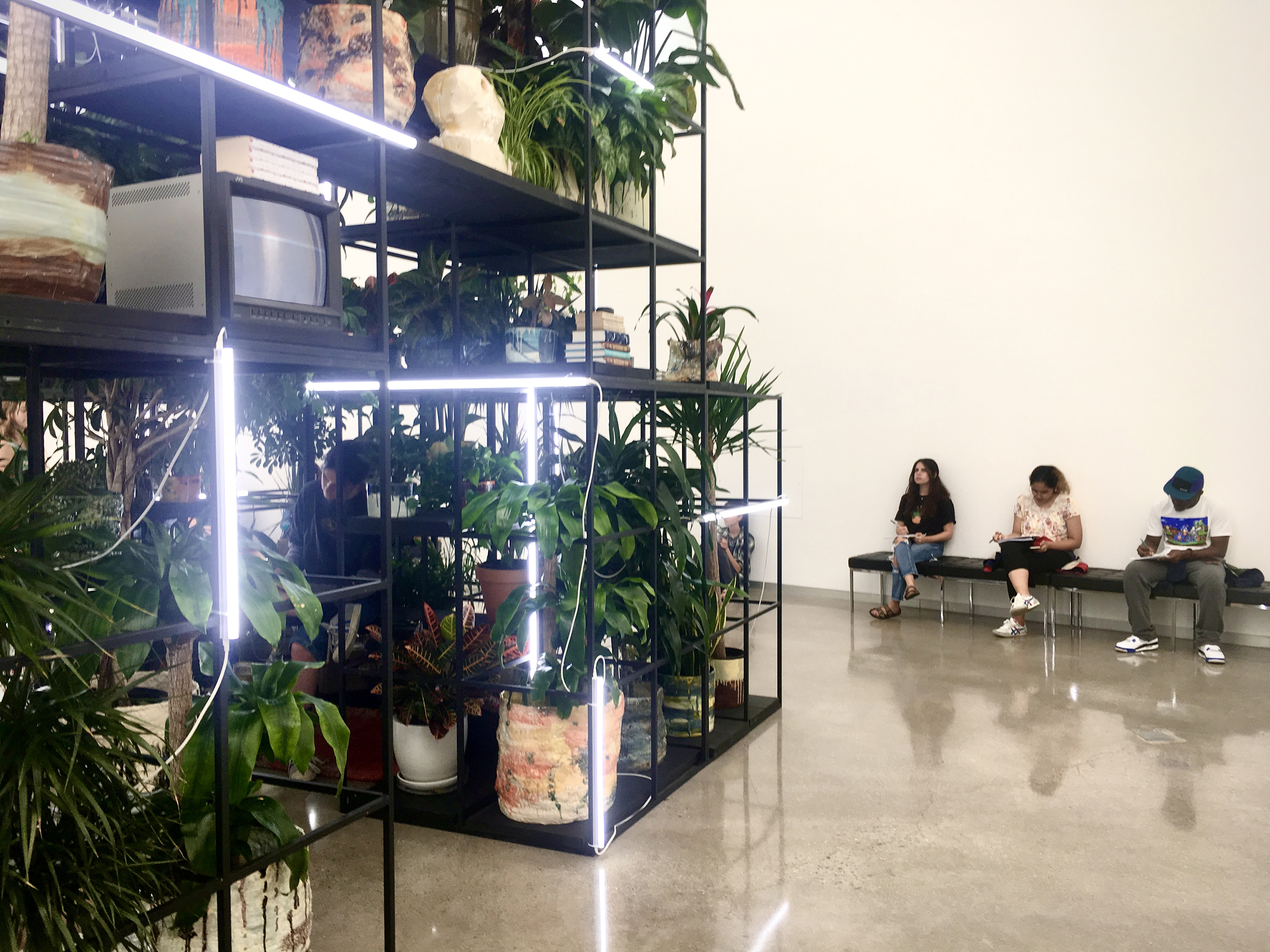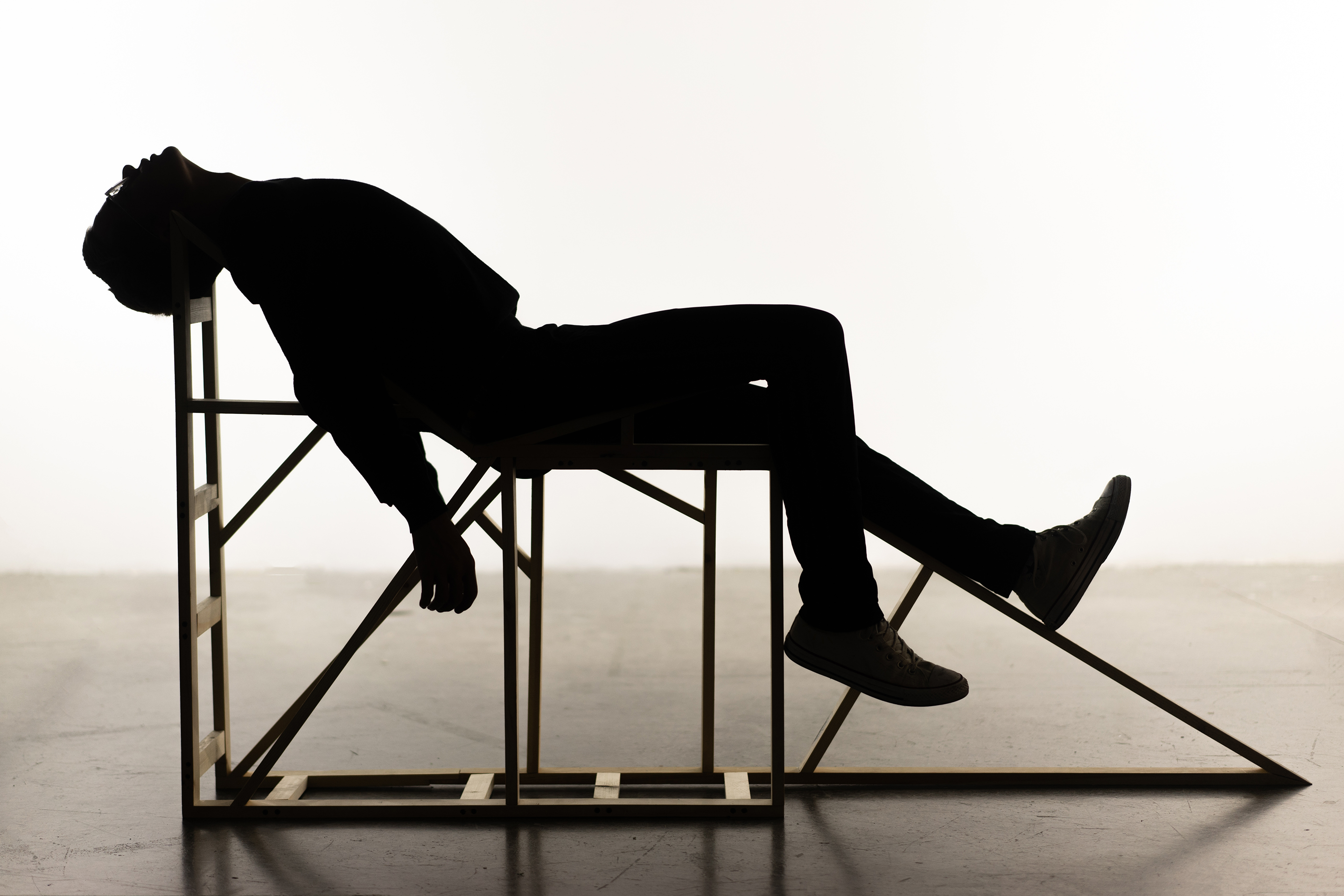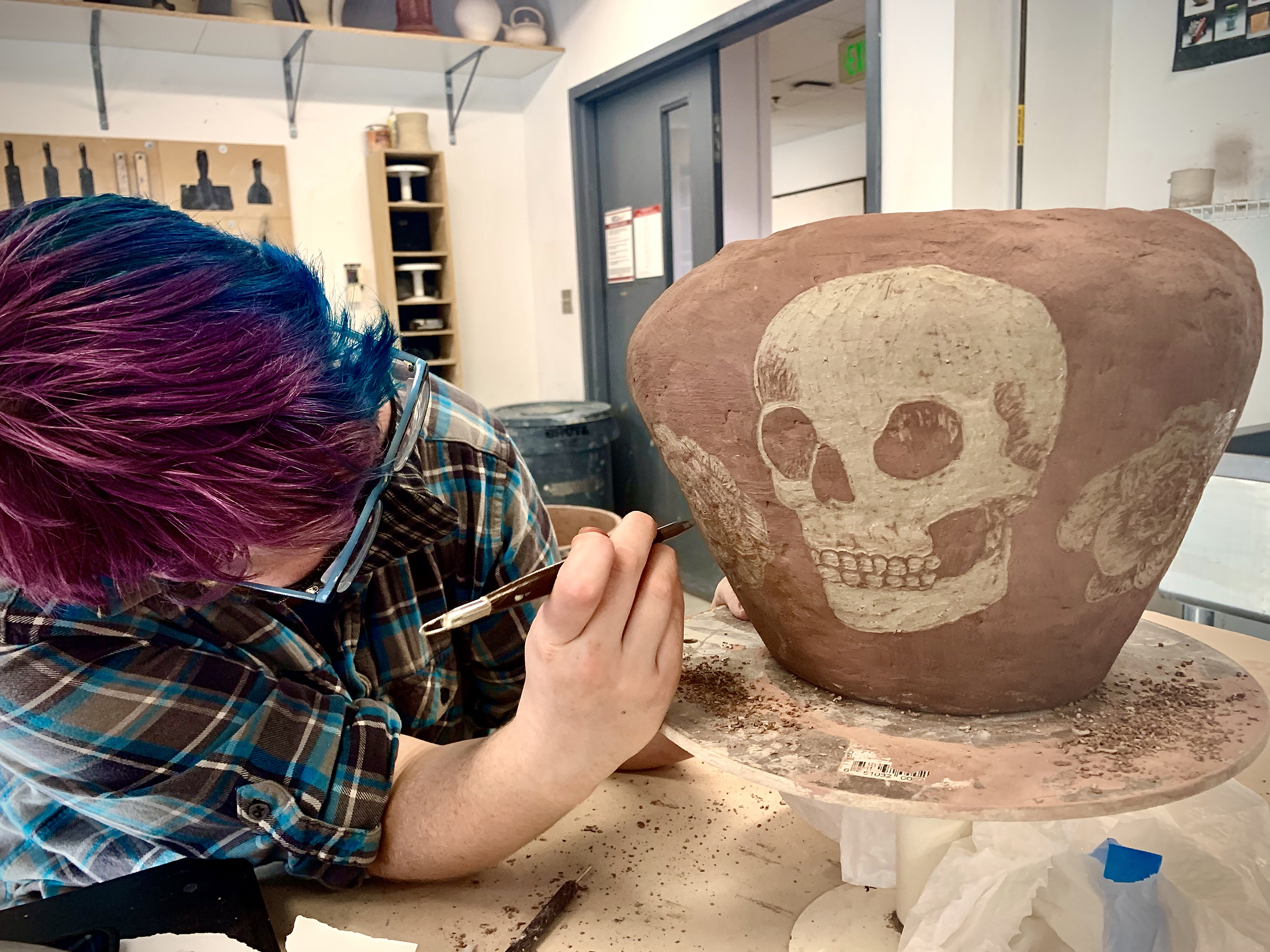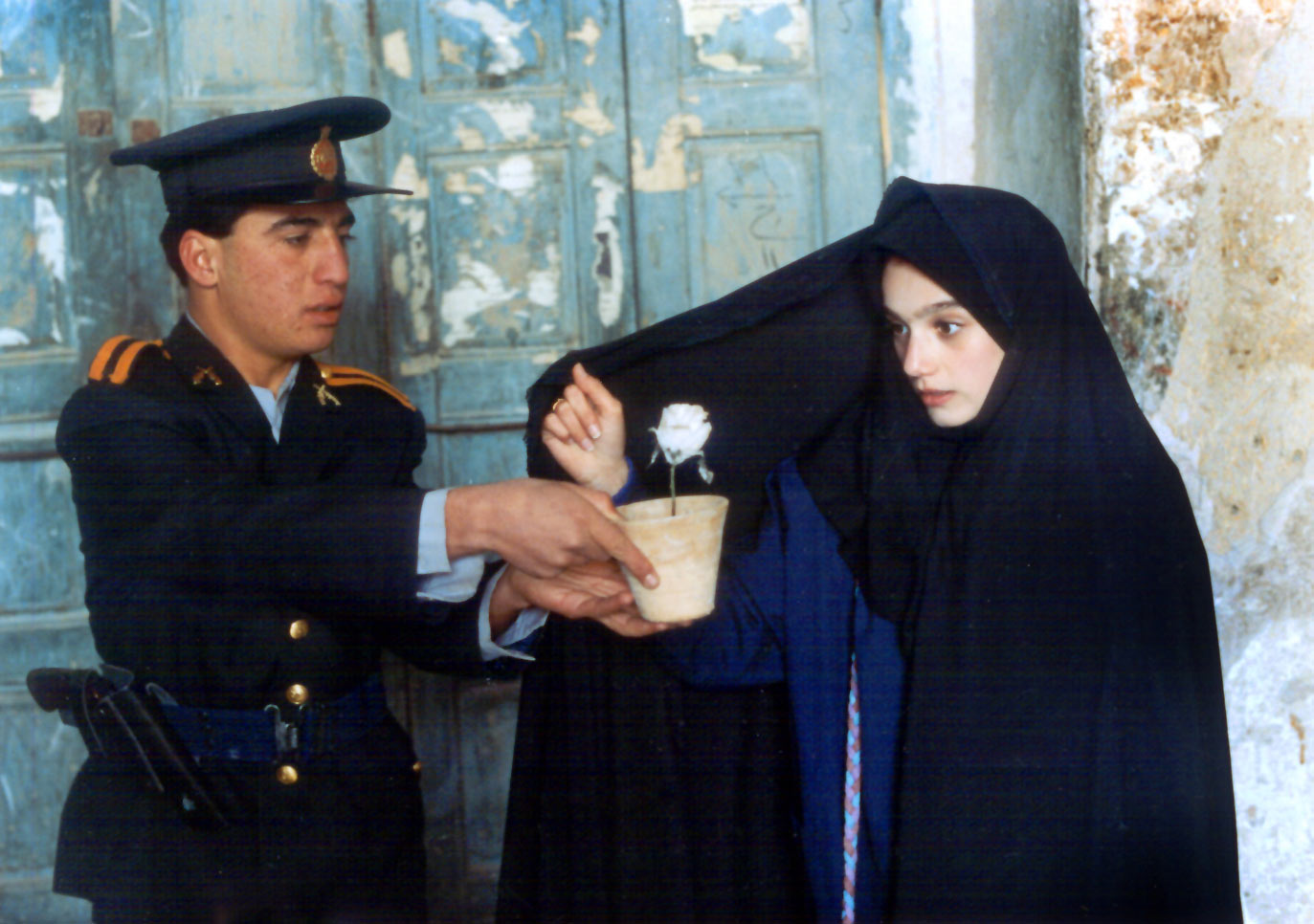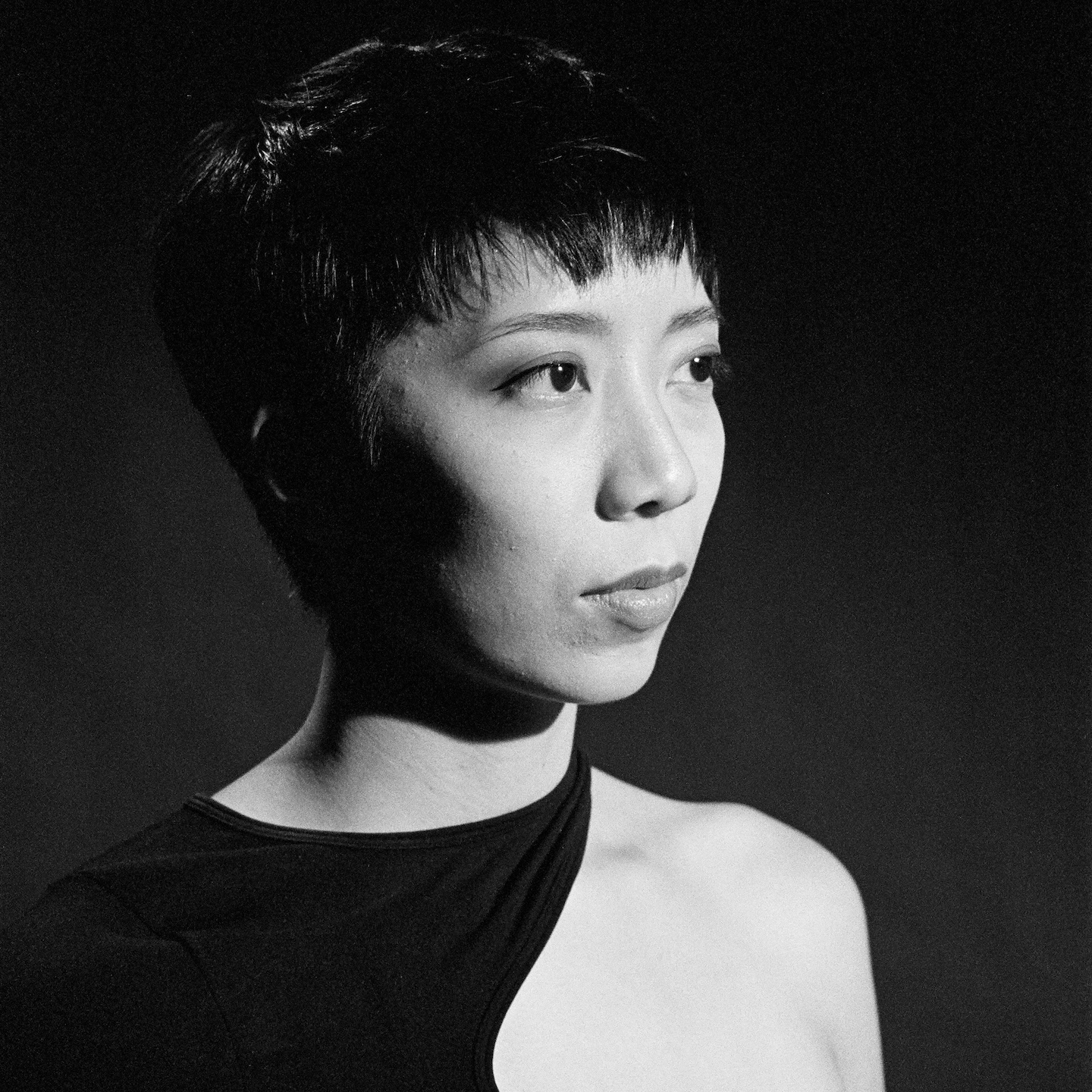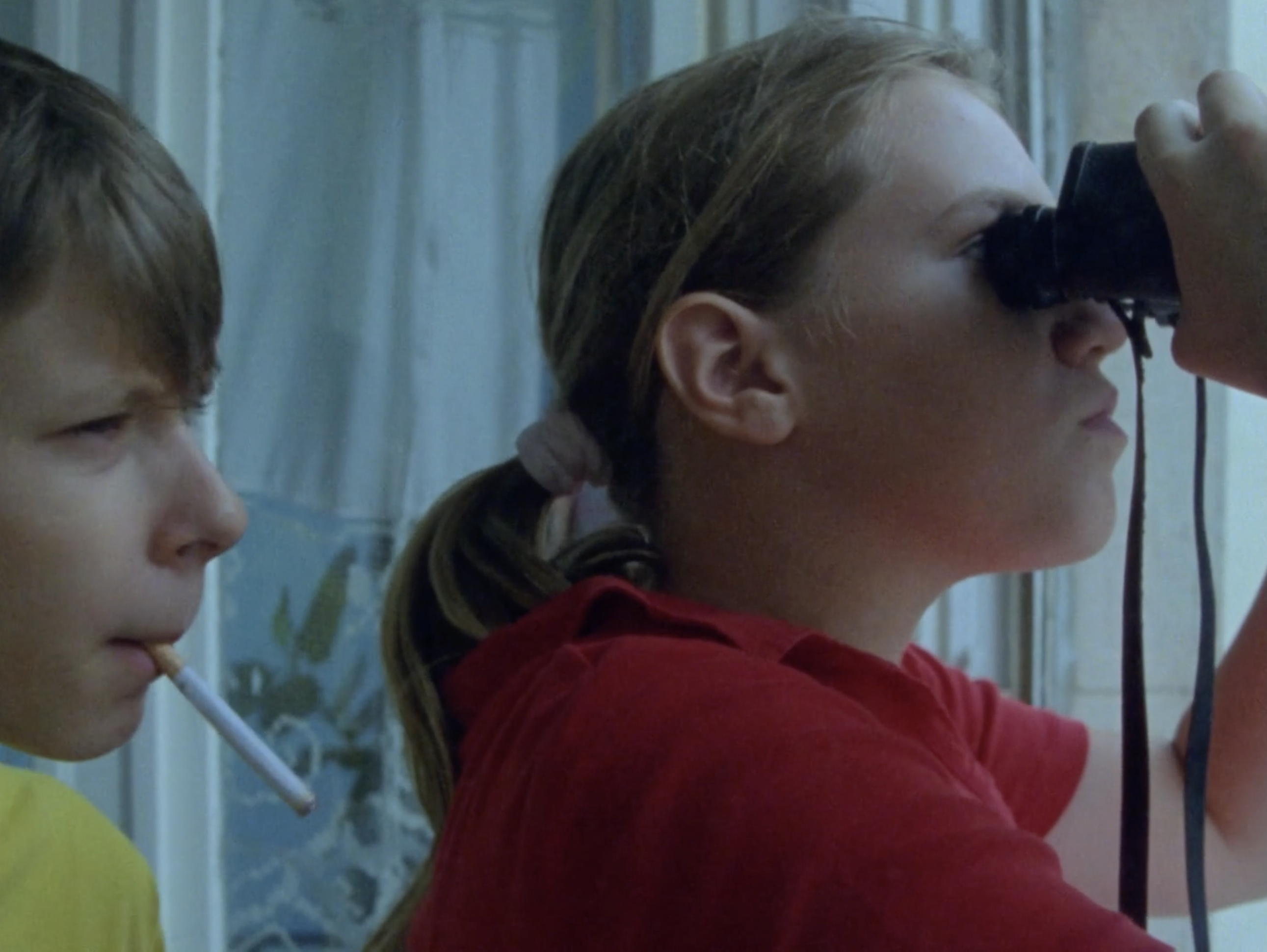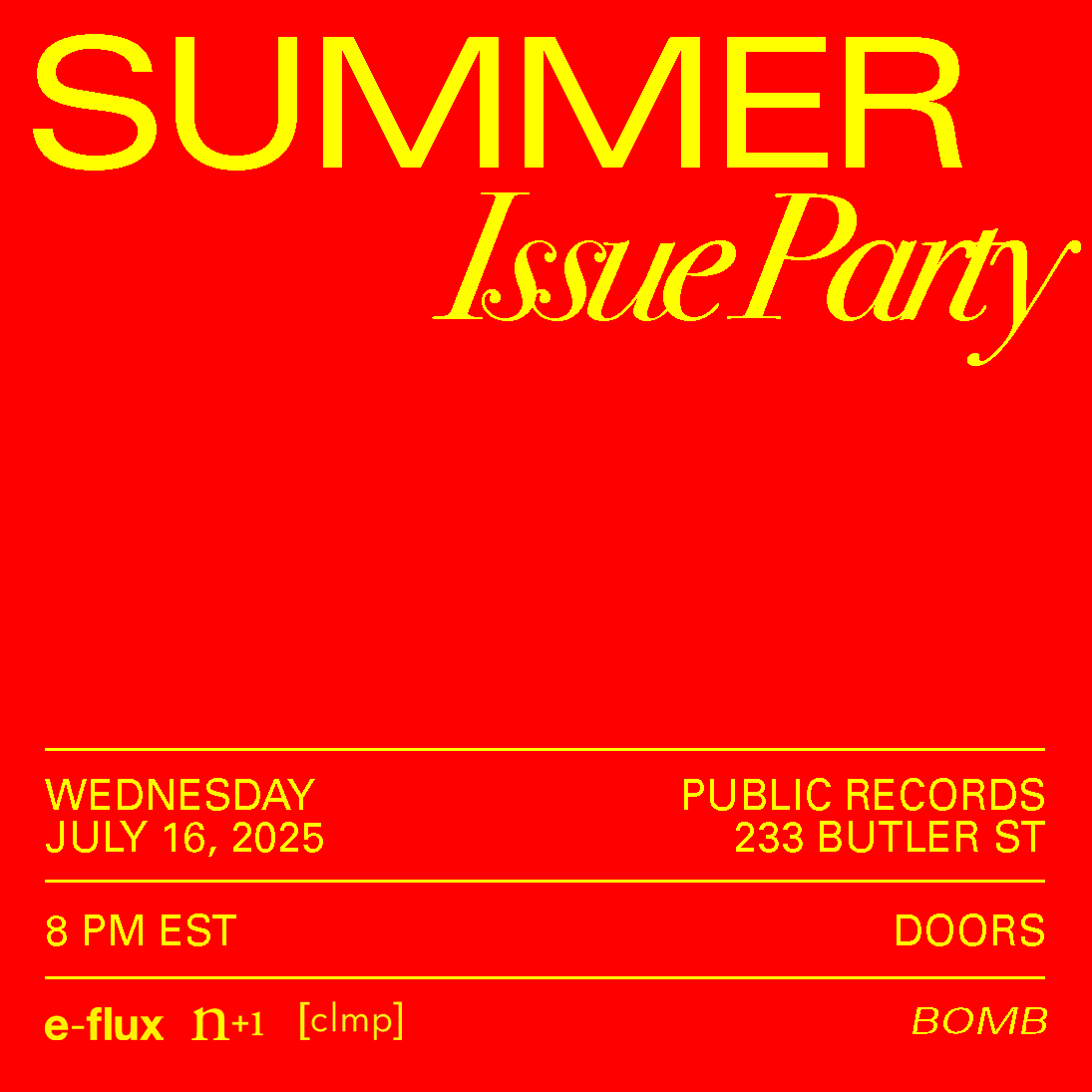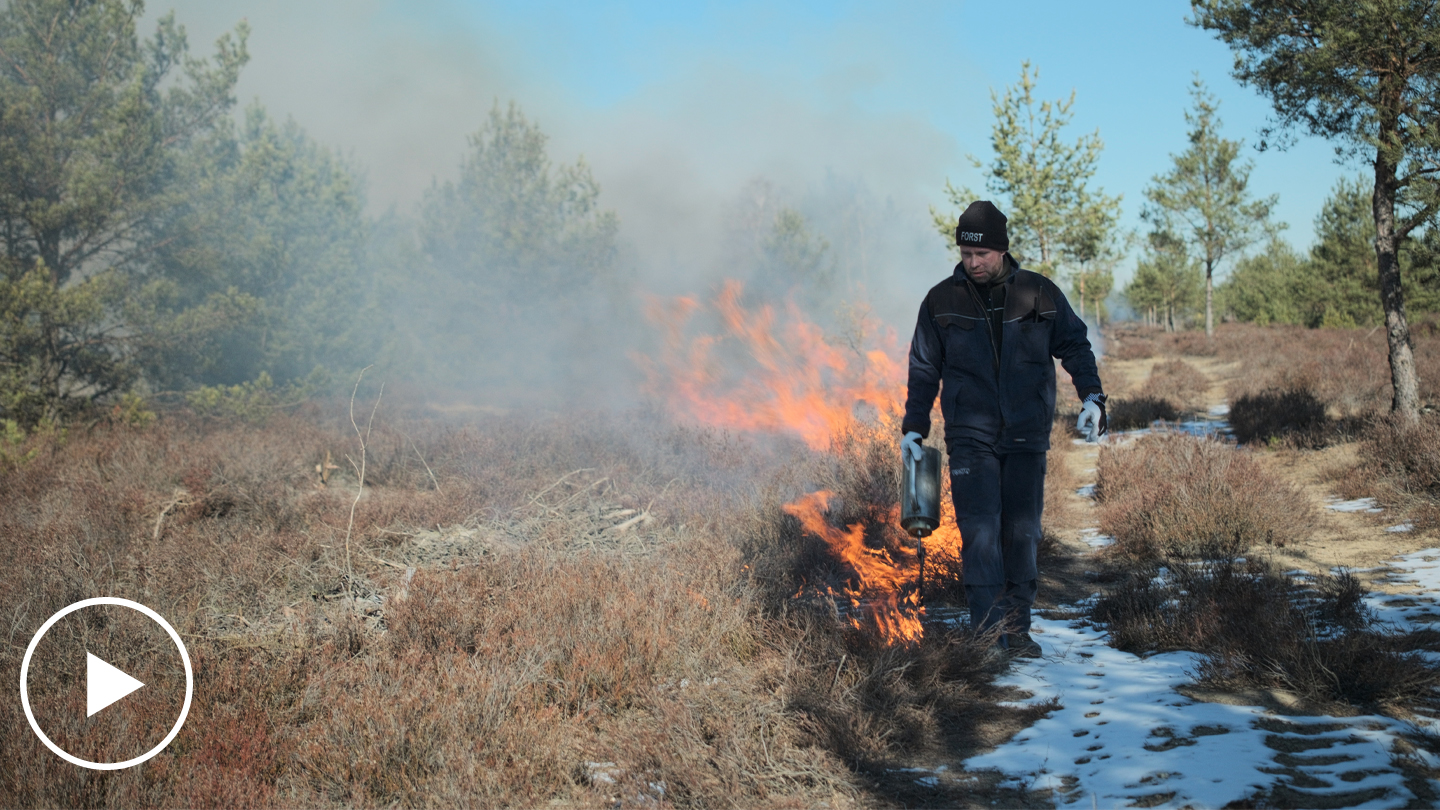1. Why did you decide to go into teaching?
I grew up with teachers and around educational institutions. My first home was a married-student university residence at Queen’s University in Ontario, Canada, where my parents were pursuing degrees in English literature and education. They later became high school teachers, and, growing up, their teacher friends told me I too was going to be a teacher. I denied it for a while—mild teenage rebellion I suppose—but in the end, they were right.
I like learning, sharing knowledge, and sparking students’ curiosity, enthusiasm, and passion for a subject. Teaching is a natural fit for my interests and skills, and it continues to be rewarding. Every day is interesting and new, even when I am teaching a class I’ve taught several times before.
2. What drew you to your school and what is your teaching philosophy?
VCUarts has a rare spirit. Students and faculty are all inquisitive, engaged, and dedicated artists and designers who actively participate in the community. It is stimulating both as a teacher and researcher to be in this educational environment.
In my classroom, I regularly incorporate new technologies, processes, and projects, create exhibition opportunities for my students, and lead curricular supportive field trips. I prioritize concept-driven projects and provide students with the tools and approaches to best realize their ideas. I offer a combination of structure and support, while also fostering a spirit of intellectual curiosity.
One core component of my teaching practice is that students should be encouraged to experiment, take risks, and see the potential in projects that go amiss. This is the space where unexpected solutions and fresh work occur. When students begin to recognize that “failure” is not only an essential part of learning, but a key aspect of the making process, they begin to hone their creative problem-solving abilities and gain confidence in their practice.
It is a teacher’s responsibility to create an environment in which students feel comfortable to openly express themselves during group critiques/discussions, and at the same time maintain respect for the diverse opinions and work of others. A teacher sets the tone by modeling this kind of behavior: by celebrating differences, being inclusive, properly naming and gendering students, and immediately addressing and stopping any marginalization in their classroom.
3. What theory and art history do you consider most essential for your students? What artist or artwork do you refer to most often?
Theory and history are crucial components of a student’s education. I always show a mix of contemporary and historical artwork before the beginning of a new project. I’m a firm believer that one needs to know what has come before, hand-in-hand with current conversations, in order to be an informed and relevant maker.
Lately, I have been showing my ceramics students a lot of Roberto Lugo’s work. His pots reference historic ceramic forms, reimagining and recontextualizing their forms and surface decoration, and feature portraits of important contemporary BIPOC cultural figures.
4. How do you navigate generational or cultural differences between you and your students?
I have been interested in learning about Generation Z characteristics to benefit my teaching, and it has subsequently become a part of my research practice. To be effective in the classroom, I need to understand and identify this generation’s salient cohort characteristics, interests, and concerns, as well as their learning preferences. This helps me identify and structure approaches that best connect with, and work for, my students. Cultural differences are valued in my classroom and treated with respect. I acknowledge when I don’t know something and, following inclusive teaching practices, I educate myself when needed.
5. What changes would you like to see in art education?
Institutional inclusive teaching practice training and support for faculty to help them incorporate these important strategies into their studio classrooms. And the adoption of new approaches to the critique practice so that the critique is more student-centric, inclusive, responsive to a range of student learning styles, and disentangled from assessment and focused more on feedback.
My interest in seeing these vital changes in arts education has resulted in my current research. With my coauthor Mariah Doren from RISD, I have a book under contract with Intellect Press, an academic press in the UK affiliated with the University of Chicago Press: Do We Have To Call It Critique? Reimagining The Tradition: more inclusive, more fulfilling, and maybe a little more fun (working title). It’s a compilation of perspectives and critique methods reimagining and reinvigorating tired art school critique traditions. While assessment of student work is a cornerstone of any educational context, the uniformity with which art and design educators have approached this nearly universal process is dated—stuck in twentieth-century perspectives on value, quality, and uniqueness in art and design.
Many students and faculty speak openly about finding the critique experience unfulfilling, out of sync with desired learning outcomes, and, at times, a traumatic exercise of bias, power, and authority. This text addresses these gaps and concerns, examining the disconnect between assessment and critique and exploring how different kinds of work, and different kinds of assignments, benefit from different frames for discussion. It unpacks the traditional critique expectations, pointing out successes and challenges, as well as some of the associated unintended and unforeseen consequences. In pulling apart the components and roles of the critique, areas for improvement are identified, resources are shared, and the critique process is opened for reimagination. This is a timely publication, as students have become increasingly vocal about how art school education lacks inclusivity, and conversations about equity, inclusion, and student well-being are being foregrounded on many college campuses.
6. What is your educational background? Did you arrive at art from another field?
I started university as an English literature major. At the time, I thought it was more practical major than my other interests, art history and art. In the end, I graduated with a double major in English literature and art history, which I followed with a Bachelor of Education degree. Still wanting to pursue an art education and feeling at twenty-one that I was too young and inexperienced to start a high school teaching career, I went back to school. I received my BFA in ceramics from Sheridan College and the Nova Scotia College of Art and Design and my MFA from the New York State College of Ceramics at Alfred University.
My essay-writing experience and art history background have served me well throughout my education career in ways that I couldn’t have anticipated. One major way is that they gave me the skill set necessary to pursue and realize the emerging academic writing component of my research practice. Here my education, teaching experience, interest in pedagogy, and writing background have come together.
7. How have recent cultural movements and activism informed your curriculum?
VCUarts is located a couple of blocks from Monument Avenue, where Richmond’s confederate monuments became a locus for protests and activism last summer. Robert E. Lee’s monument was identified this year by the New York Times as the most influential protest art in the United States. Kehinde Wiley’s Rumors of War statue was installed in 2019 in front of the Virginia Museum of Fine Arts (VMFA), near Monument Avenue. I have included visits, readings, discussions, and project prompts referencing the monuments in my classes in the past, and this year it was particularly vital to incorporate and expand upon this content in my curricula.
8. How much structure or independence do students have in your courses?
I aim to create enough structure in my courses that students aren’t floating around unsure what to do, where to start, or how to focus. At the same time, I offer students enough independence in their coursework that they can follow their individual interests and have active agency in their educational experiences. This can be difficult to juggle, and I am always adjusting and responding to students’ needs, as some require more or less structure than others to thrive.
9. How does the program connect students to the surrounding art scene? How do they learn outside the classroom?
Along with a robust visiting artist program that exposes students to important contemporary artists and designers, including studio visits, there is a very active art scene in Richmond. Contemporary commercial and nonprofit galleries and the VMFA offer lecture series, openings, and special programming that faculty regularly incorporate in our curricula. Additionally, there is the Institute for Contemporary Art at VCA, which opened in 2018 and in its short tenure has offered a rich supplement to the VCUarts’ student educational experience outside of the studio. The Steven Holl–designed noncollecting institution hosts timely exhibitions, performances, films, and special programs. Since VCUarts is in the middle of Richmond, it is very easy for students to access the local art scene.
10. What advice do you give to your students as they leave school and enter the field?
If you’re pursuing what you’re passionate about, opportunities arise. Some will be unexpected, so be ready to recognize and take advantage of them.
Perseverance and doggedness is just as important as making good work. Everyone experiences no’s in their career. What is important is how you respond. Don’t be discouraged. Reflect and learn from the experience, recalibrate if needed, and keep going.
Stay in touch and be active within the community and network you’ve established in school. They will support you professionally and personally.
